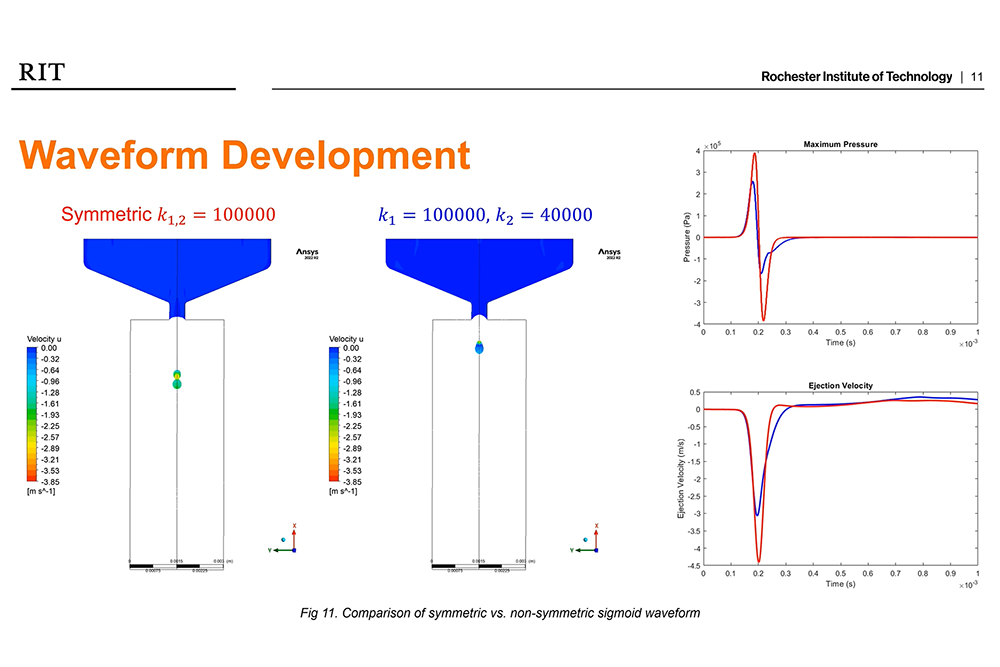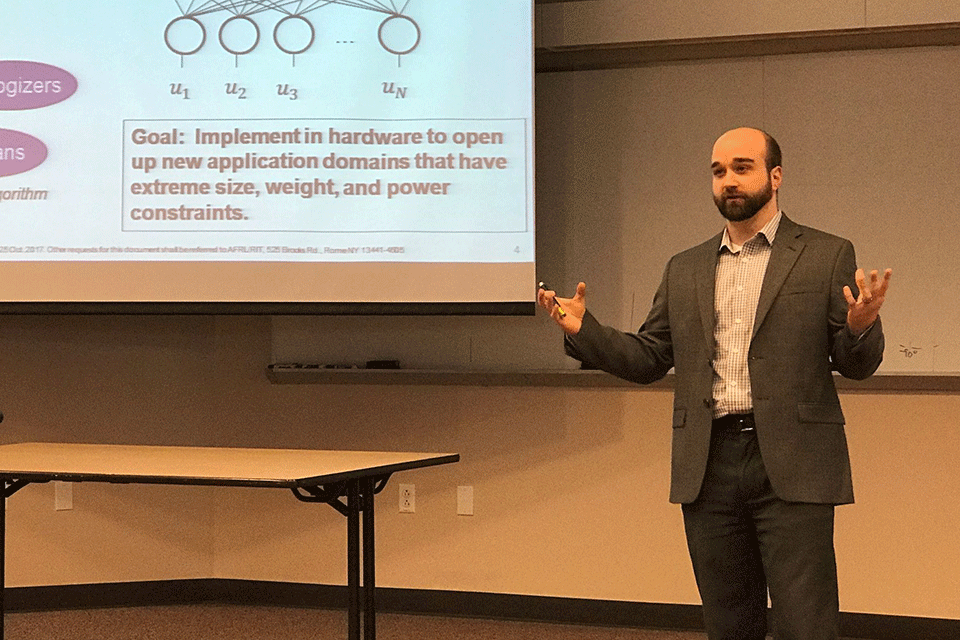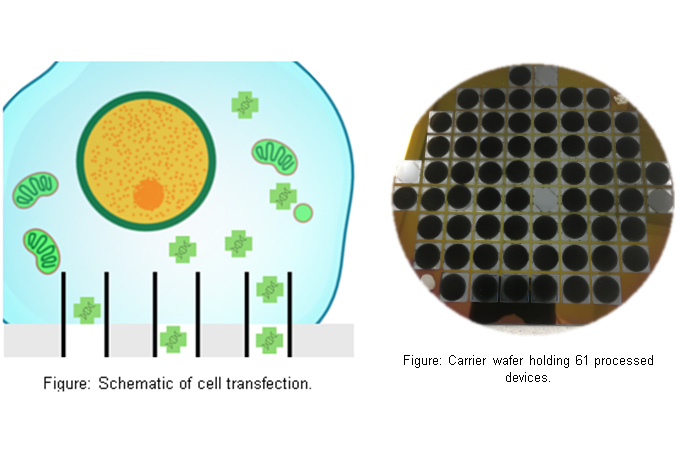Advancing Liquid Metal Jetting Additive Manufacturing Through Multi-physics Simulation
Automotive, aerospace, biomedical, and numerous other industries are utilizing metal 3D printing to produce complex, high strength, parts. Of all the metal AM technologies, laser powder-bed fusion (LPBF) and directed energy deposition (DED) remain the most prevalent industrial technologies. Although these technologies work well, they suffer from significant cost, speed, and safety concerns that have held back broader industrial adoption of metal AM. Recently, a new technology called liquid metal jetting (LMJ) has shown significant promise to improve the speed, cost, and safety of metal AM.

Additive manufacturing (AM) of metal parts has seen a historic rise in industrial adoption over the last 20 years. Automotive, aerospace, biomedical, and numerous other industries are utilizing metal 3D printing to produce complex, high strength, parts. Of all the metal AM technologies, laser powder-bed fusion (LPBF) and directed energy deposition (DED) remain the most prevalent industrial technologies. Although these technologies work well, they suffer from significant cost, speed, and safety concerns that have held back broader industrial adoption of metal AM. Recently, a new technology called liquid metal jetting (LMJ) has shown significant promise to improve the speed, cost, and safety of metal AM.
Liquid metal jetting (LMJ) is still a very young technology. To date, only two consumer LMJ printers are available on the market. MIE-PhD student Kareem Tawil, his advisor Denis Cormier, and a team of researchers at the RIT AM Print Center are working to improve on current LMJ technologies. Our research focuses on understanding the fundamental physics underlying the processes of generating and depositing liquid metal droplets. Designing, building, and operating LMJ printers is currently a difficult and expensive task. To accelerate the pace of learning and discovery we leverage multi-physics simulation. Modeling and simulation allows us to explore different types of physics including fluid flow, heat transfer, melting and solidification, and much more. With the simple change of a parameter we can probe the most extreme ranges of LMJ and develop accurate and verifiable mathematical models. We can then use these models to improve and optimize current LMJ printers as well as develop our own printer.
To date, researchers in the AM Print Center have successfully developed and tested a prototype LMJ printer. Successful tests of tin, aluminum, copper, and other metals have been completed. The team plans to further improve the system utilizing both multi-physics simulation and physical experimentation to drive development.






